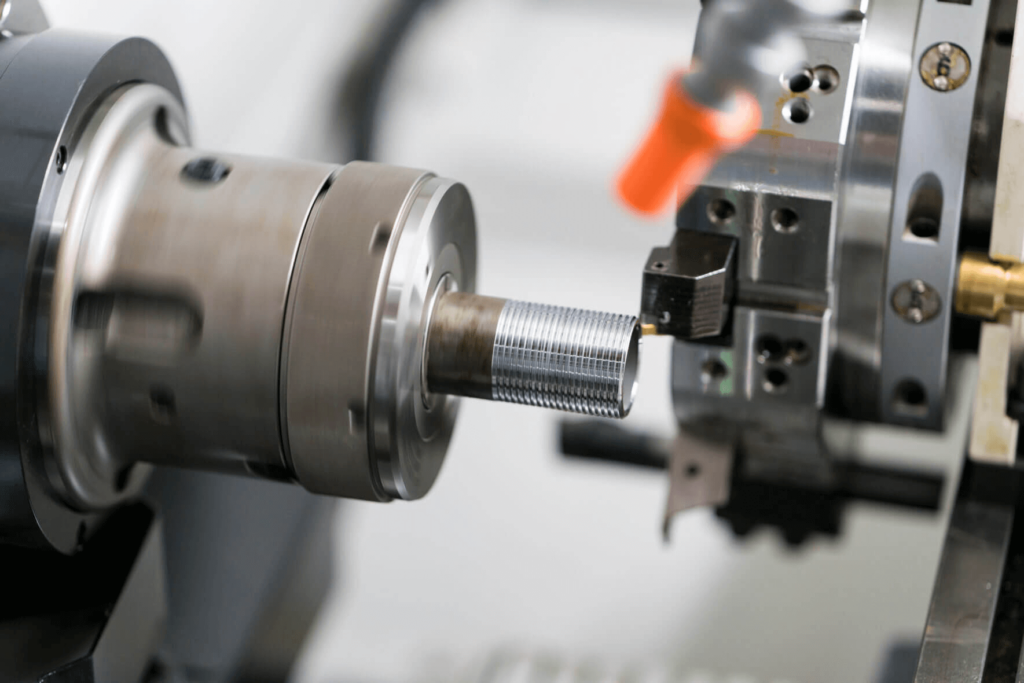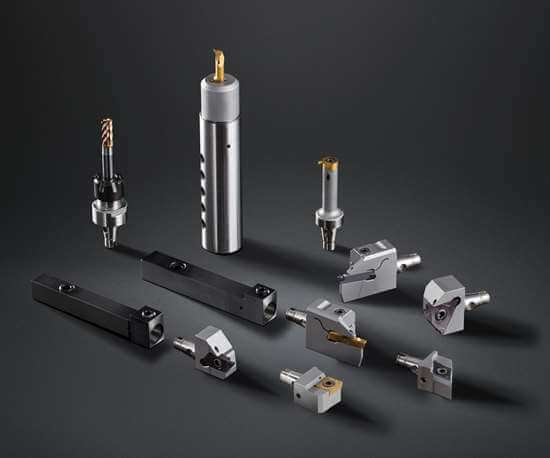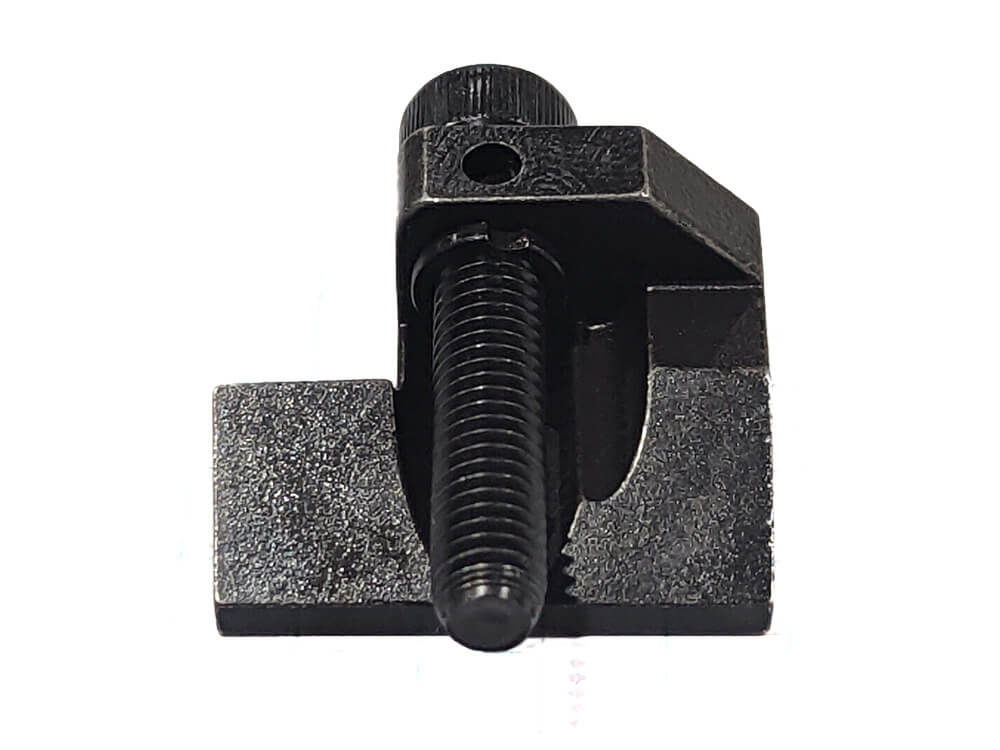Advantages of Swiss Lathes in Precision Machining
1.Performing machining operations simultaneously
One of the main advantages of Swiss lathes is the ability to perform machining operations simultaneously. Unlike conventional lathes, Swiss lathes have multiple tool stations that can use a variety of cutting tools at the same time. This means that multiple operations such as turning, drilling, milling, and threading can be performed on a single workpiece without the need for additional setups or tool changes. This not only saves time, but also improves efficiency and productivity.
2.Performing machining operations simultaneously
Another advantage of Swiss lathe is the ability to easily handle long and slender workpieces. Swiss lathes are designed with guide bushings that support the workpiece close to the cutting tool. This support minimizes deflection and vibration, thereby improving accuracy and surface finish.
In addition, guide bushings allow for the machining of long workpieces with a high aspect ratio, which is difficult to achieve on conventional lathes.
3.High precision
Precision is an important aspect of precision machining, and Swiss lathe excel in this regard. The combination of simultaneous machining operations, rigid structure, and advanced control systems makes it possible to produce parts with extremely tight tolerances.
Swiss lathes can consistently achieve tolerances down to a few microns, making them ideal for industries that require high precision, such as aerospace, medical, and automotive.

4.Repeatability
In addition to accuracy, Swiss lathes also have excellent repeatability. Once set up, the machine can produce identical parts with consistent accuracy. This is particularly important in industries that require high volume production or production of identical components.
The ability to produce parts with high repeatability reduces the need for manual inspection and ensures consistent quality throughout the production process.
5.Versatility
In addition, Swiss lathes are known for their versatility. These machines can handle a wide range of materials, including metals, plastics, and even exotic alloys. They can also accommodate a wide range of workpiece sizes and shapes, from small complex parts to large components.
This versatility makes Swiss lathes suitable for a wide range of applications, from small precision components to complex medical devices and aerospace parts.
6.Chip Control Capabilities
Finally, Swiss lathes have excellent chip control capabilities. These machines are designed to efficiently evacuate chips, preventing them from interfering with the machining process. This not only improves the surface finish of the part, but also extends tool life.
Effective chip control also reduces the risk of chip entanglement, which can be a safety hazard in machining operations.

In summary, Swiss lathes offer several advantages for precision machining. Their ability to perform machining operations simultaneously, handle long and slender workpieces, and achieve high accuracy and repeatability make them a top choice for industries that require tight tolerances and consistent quality. The versatility and excellent chip control of Swiss lathes further enhance their appeal.
As precision machining continues to evolve, Swiss lathes are likely to play an important role in meeting the demand for increasingly complex and sophisticated parts.
